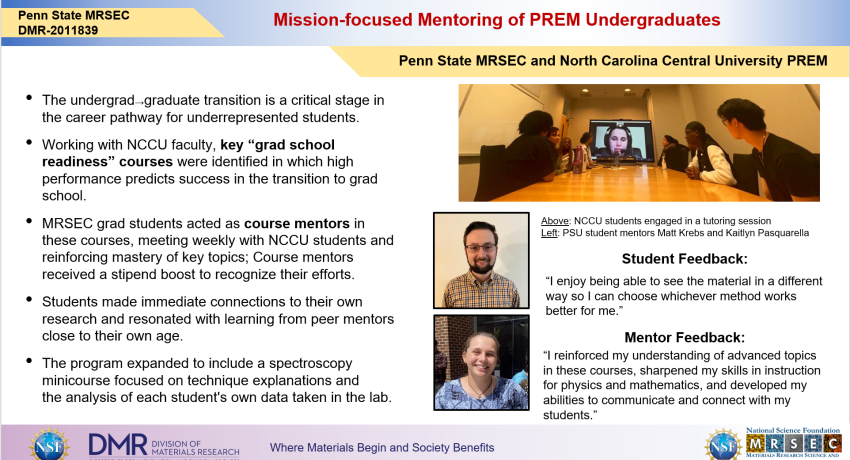Matt Webb
Graduate Research Assistant
Body
Heron Group Member (University of Michigan)
Email: webbmj@umich.edu
Affiliations
Jackson Spurling
Graduate Research Assistant
Body
Maria Group Member
Email: rjs7012@psu.edu
Affiliations
Pat Kezer
Graduate Student Researcher
Body
Heron Group Member (University of Michigan)
Email: pkezer@umich.edu
Affiliations
Gerald Bejger
Graduate Research Assistant
Body
Rost Group Member (Virgina Tech)
Email: geraldb@vt.edu
Affiliations
John Barber
Graduate Research Assistant
Body
Rost Group Member (Virgina Tech)
Email: jpbarber38@vt.edu
Affiliations
Joshua Stapleton
Associate Research Professor, MCL Director
Body
Linkedin
https://www.linkedin.com/in/josh-stapleton-b7381924?trk=people-guest_people_search-card
Google Scholar
https://scholar.google.com/citations?hl=en&user=y4A4tBEAAAAJ
Affiliations











